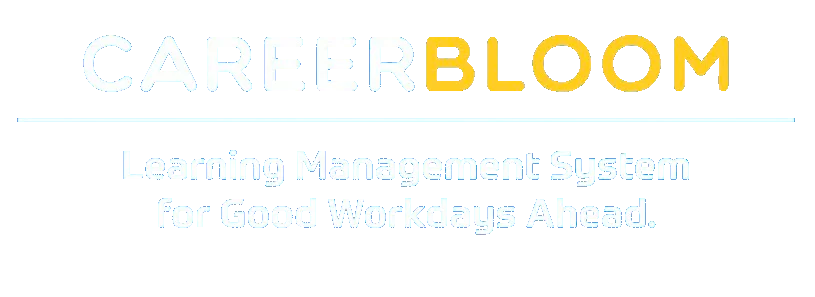Do you feel like you have a solid resume, but you’re still not getting to the interview stage? It can be tough to set yourself apart in a competitive market, especially as a recent graduate. Let’s talk about how to make the hiring manager sit up and take notice. There are three things you need in your resume to stand out – read on to find out if you’re missing any of them.
1. Relevant Keywords That Match the Job Posting
You may not realize that there’s a robot standing in the way of your next job. Many employers (especially large ones) use an applicant tracking system to scan and rank your resume. This program looks for certain keywords from the job description to see if you’re a good fit for the position.
If you don’t have the right keywords in your resume, you might not make it through this initial screening process.
But don’t worry. There’s an easy way to make sure your resume gets in front of an actual human. Every profession has its own set of terminology that describes their field and industry, so it’s important to use their words. Review the descriptions of the jobs you’re applying to and note the terms that often appear. If you have these skills, add them naturally throughout your resume.
For example, it might be as simple as spelling out an acronym or changing a job title to reflect a more specific skillset – instead of “Web Developer” put “Full Stack Developer.” Small changes like these can make the difference in getting to the next stage.
2. Impact and Accomplishments, Not a List of Tasks
Hiring managers want to know the impact you made in your previous jobs or internships, not a laundry list of your duties. By focusing on accomplishments, you’ll stand out from the bulk of other resumes that simply provide a standard job description.
Let’s look at an example. This recent graduate worked at the financial aid office of their university.
Here’s what they might have on their resume:
- • Processed loan applications
- • Responded to inquiries
- • Maintained files
It’s accurate but doesn’t tell the hiring manager anything about the applicant. It also doesn’t imply that they did anything other than the bare minimum. Let’s try this again.
- • Recognized as Work-Study Student of the Month four times over two years
- • Resolved common financial aid questions from students to free up time for staff
- • Reviewed student loan applications to prevent delays
- • Advised students flagged for financial audit to expedite their approval
- • Maintained accurate files on all active student loan applications for easy reference
So, what’s different? First, it begins with a specific accomplishment. If you have something tangible, like an award or statistics to back up your claim, be sure to include this first. Second,
each bullet describes what the applicant did and how it helped the department. That’s the impact. This subtle difference will give your resume a strong edge.
3. Links to Your Best Work
If your LinkedIn profile has some stellar recommendations or you have a portfolio with your best design samples, make sure it’s prominently located (and hyperlinked if possible), so the hiring manager will see it. Reference these online resources in your cover letter too.
Employers want to see that recent graduates have already begun building their personal brand and have a professional online presence. Think about buying a domain with your name – like www.johnsmith.com. You can create a simple Squarespace page to consolidate all your
online assets.
Imagine this at the top of your resume:
John Smith
This email address is being protected from spambots. You need JavaScript enabled to view it. | 555-555-5555
johnsmith.com | linkedin.com/johnsmith
There won’t be very many applicants with that kind of header! You’ll portray a confident professional who knows what they want.
--
Ready to rock your resume? Remember to add:
- Relevant Keywords That Match the Job Posting
- Impact and Accomplishments, Not Tasks
- Links to Your Best Work



